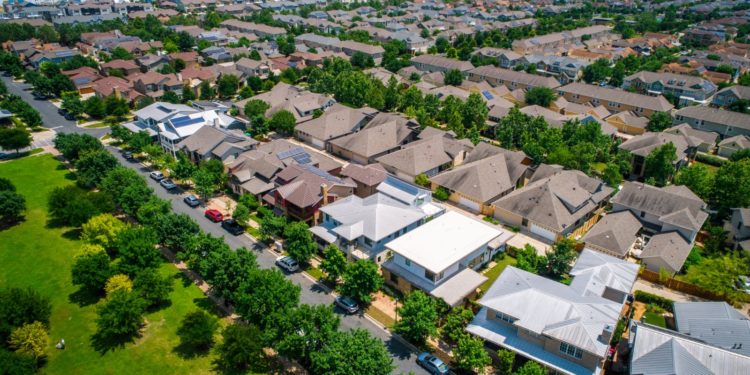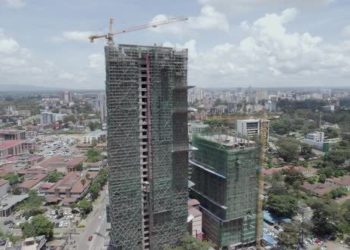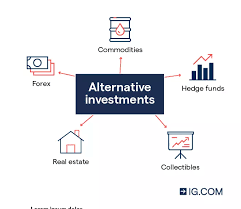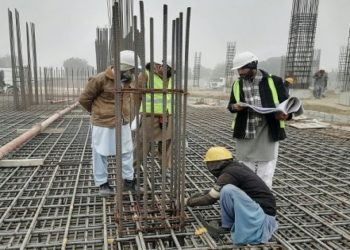The real estate market in Kenya has seen significant changes in recent years, driven by key factors such as economic conditions, urbanization, and infrastructure development. As the country continues to grow and modernize, these elements shape the dynamics of property demand and supply. Here are some of the factors shaping the sector.
Urbanization and population growth are key drivers of the real estate market in Kenya. The country is currently experiencing one of the fastest rates of population growth and urbanization rates of 1.9% p.a and 3.7% p.a, with a substantial migration from rural areas to urban centers. This has led to an increasing demand for residential, commercial, and industrial properties, particularly in major cities like Nairobi, Mombasa, and Kisumu. The expanding middle class and a predominantly young population further fuel this demand, creating a thriving market for housing and commercial spaces.
Infrastructure development has played a crucial role in opening up new areas for real estate investment. The construction of roads, railways, and airports, along with improvements in utilities, has significantly enhanced accessibility and connectivity. Major projects like the Nairobi Expressway, the Standard Gauge Railway, and the LAPSSET Corridor have not only improved transportation but also unlocked new regions for development, making previously remote areas attractive to investors.
Government policies and regulations have also significantly shaped the real estate landscape. Policies such as land reforms, zoning regulations, and property tax incentives have influenced the types and locations of developments across the country. The government’s focus on affordable housing, as part of its Big Four Agenda, has stimulated growth in the low- to middle-income housing segments, creating opportunities for developers and investors alike.
Access to financing is another critical factor influencing the real estate market. The availability of mortgage loans, and other financing options such as Real estate investment trusts (REITS) which assists investors in pooling funds for real estate development. However, high-interest rates and stringent lending criteria have historically posed challenges, limiting the market’s full potential. Efforts to improve financial inclusion and expand access to affordable credit are essential for sustaining growth in the sector.
Foreign direct investment (FDI) also plays a significant role in shaping the real estate market, particularly in high-end residential, commercial, and industrial segments. Kenya’s strategic location, political stability, and growth potential make it an attractive destination for international investors. The influx of FDI brings in much-needed capital, expertise, and technology, contributing to the development of high-quality real estate projects that set new standards in the market.
The real estate market in Kenya is shaped by an interplay of economic and social factors. As the country continues to urbanize and modernize, these factors will continue to evolve, presenting both opportunities and challenges for all stakeholders involved. Understanding and adapting to these factors is crucial for navigating the market and contributing to the sustainable growth of the real estate sector in Kenya.


















